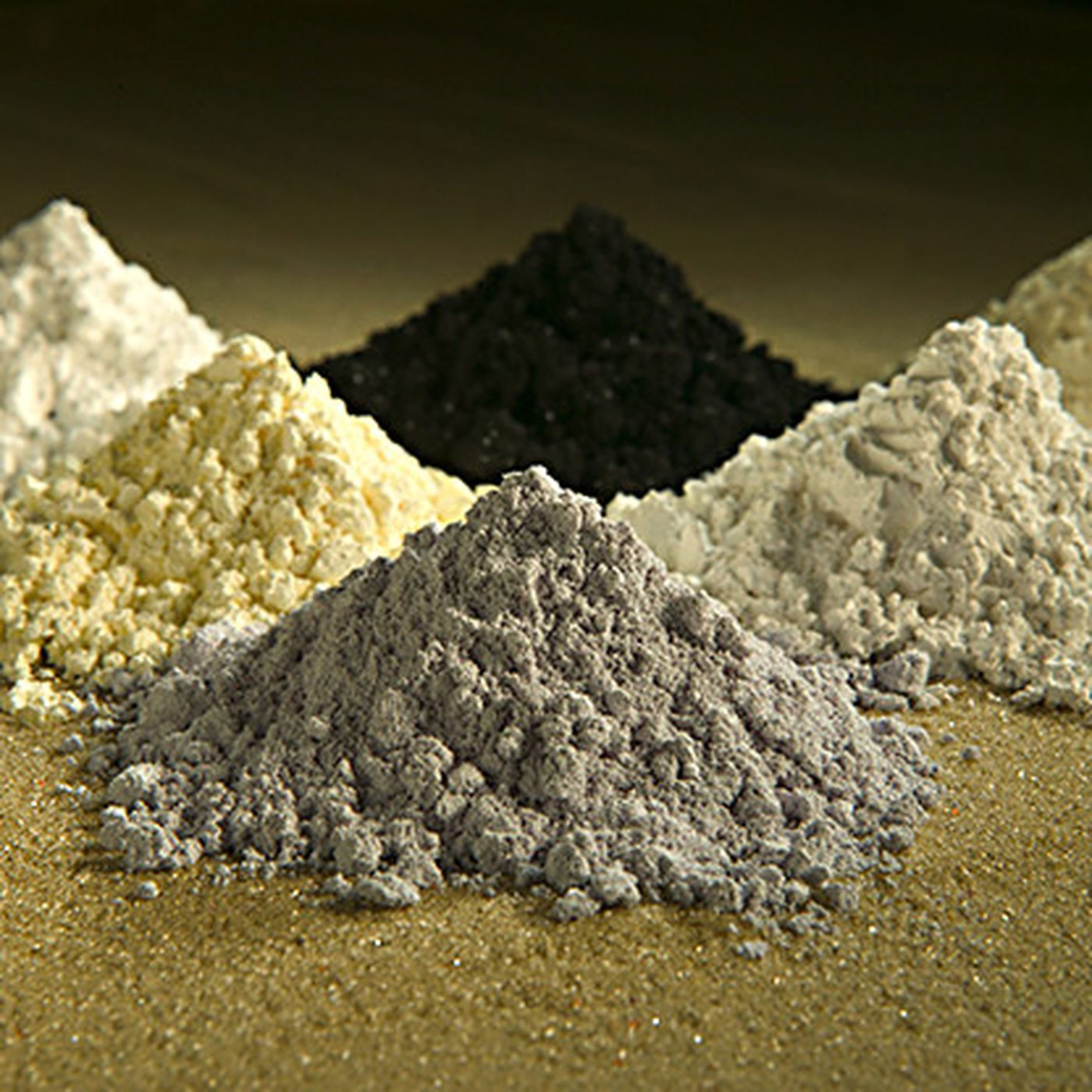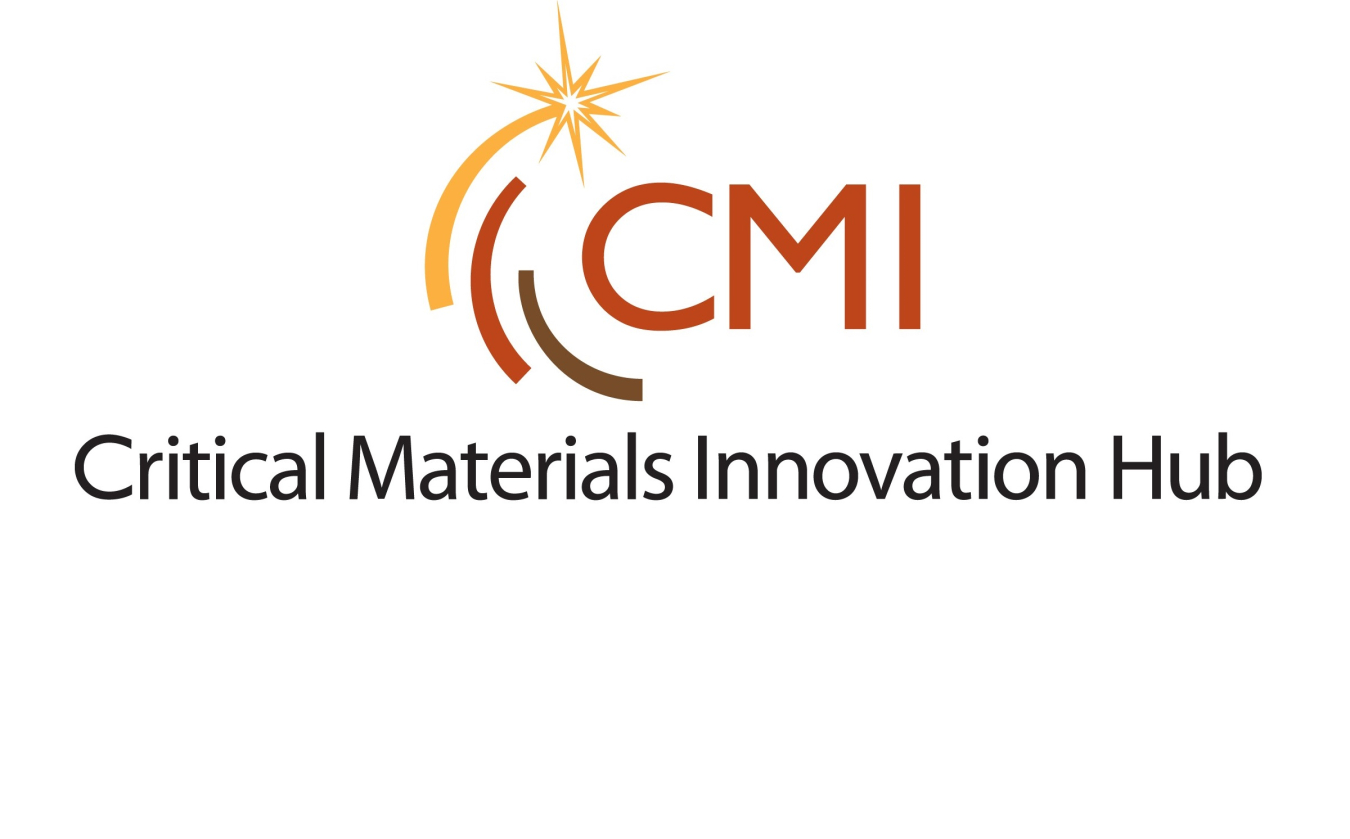Highlights
-
 This offers the definitions and current list of critical materials and critical minerals.November 23, 2024
This offers the definitions and current list of critical materials and critical minerals.November 23, 2024 -
 The Critical Materials Innovation Hub (CMI Hub) established in 2013 and led by Ames National Laboratory, is a sustained, multidisciplinary effort to develop solutions across the materials life cycle as well as reduce the impact of supply chain...September 12, 2024
The Critical Materials Innovation Hub (CMI Hub) established in 2013 and led by Ames National Laboratory, is a sustained, multidisciplinary effort to develop solutions across the materials life cycle as well as reduce the impact of supply chain...September 12, 2024 -
 The collaborative offers a mode for communication and coordination among DOE, government agencies, and stakeholders working on critical materials projects.January 15, 2025
The collaborative offers a mode for communication and coordination among DOE, government agencies, and stakeholders working on critical materials projects.January 15, 2025
What, Why, and How
What Are Critical Minerals and Materials?
The United States is working to grow a strong domestic supply of many minerals and materials that will be essential to a decarbonized energy infrastructure as well as current manufacturing technologies. These include:
- Rare earth elements, like those used in semiconductors and electric vehicle motors
- Lithium, cobalt, and high-purity nickel, which are often used in energy storage technologies
- Platinum group metals, which go in catalysts for automotive, chemical, fuel cell, and green hydrogen products
- Gallium and germanium, which are used in semiconductors like transmission lines.
Why Are Critical Minerals and Materials Important?
To become more energy efficient, independent, sustainable, and affordable, the United States will need to significantly increase its supply of critical materials by 2035 to support current technologies powering a high-tech economy and the energy transformation. Currently, the United States does not process many of these minerals at scale, so accelerating and growing these supply chains domestically will be crucial. Developing efficient recycling technologies and processes to recover the materials already in circulation and recovering from secondary and unconventional sources can further reduce our reliance on mining activity. Strengthening the country’s critical materials supply chain is a top priority as the United States works to ensure U.S. energy independence in the shift to a clean energy economy. Several countries in Asia currently control the midstream of the supply chain—the separation, processing, and refining of critical minerals. Onshoring and reshoring these activities will reduce the United States’ reliance on foreign nations and insulate the supply chain from global bottlenecks.
To increase the domestically produced supply of critical minerals requires improving:
- Critical minerals processing
- Components manufacturing
- Critical minerals and materials recycling.
How Is DOE Supporting Critical Minerals and Materials?
To address this need, DOE is deploying a comprehensive strategy to secure America’s clean energy supply chains. A core focus within the strategy is increasing the availability of the critical materials that are essential components of clean energy technologies. DOE’s strategy for building reliable, resilient, affordable, diverse, sustainable, and secure domestic critical minerals and materials supply chains involves efforts to:
- Diversify and expand supply by identifying and securing substantial resources from a wide variety of feedstocks including primary and secondary sources, co-produced materials from existing operations, and international partners.
- Develop alternatives by producing new materials that have less disruption potential and design manufactured parts and systems that require little to no critical materials to function.
- Improve materials and manufacturing efficiency by designing for atom economy, reducing waste through efficient use, and improving overall efficiency of mining through manufacturing and recycling to minimize environmental impacts while maximizing yield.
- Build the circular economy by remanufacturing, refurbishing, repairing, reusing, recycling, and repurposing all materials that are used in a modern economy to extend the lifetime of materials and/or partially offset the need for virgin material extraction.
DOE supports these strategy pillars by enabling activities, cross-cutting functions to empower and enhance research, development, demonstration, and deployment efforts across four areas:
- Analysis & advanced tools
- Market assessment & development
- International engagement & standards
- Education & workforce development.
DOE champions its critical minerals and materials program through scientific exchanges, funding opportunities, resources, connections, and more, which support the nation’s competitiveness in a modern global economy and a domestic clean energy manufacturing industry. This work helps to:
- Develop technology for characterization and assessment of domestic critical minerals and materials from secondary and unconventional sources, including coal, coal wastes, acid mine drainage, oil and gas produced waters, and hard rock mine tailings.
- Develop advanced resource extraction, processing, extractive metallurgical, and refining technologies.
- Evaluate technical and economic potential to co-produce critical minerals and high-value carbon products from coal and coal wastes.
Critical Minerals & Materials Projects Database
Press Releases
From Our Blogs
-
- Critical Materials and Minerals
January 13, 2025 -
- Geothermal
- Geothermal Energy
- Critical Materials and Minerals
December 17, 2024


